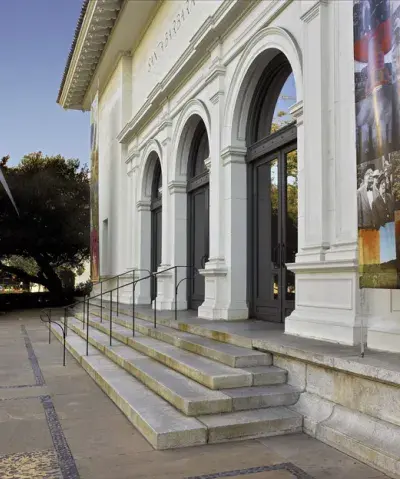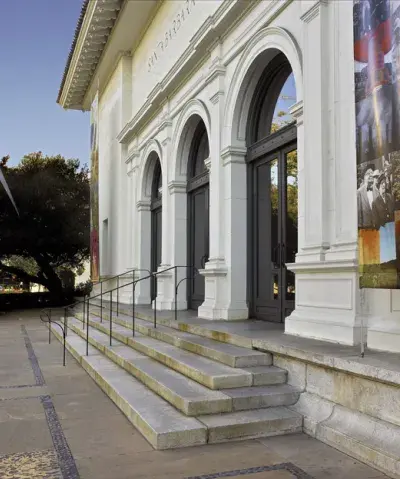Through January 25, 2026
Tickets are Now Available.
See it free with your membership! Not a Member? Join today!
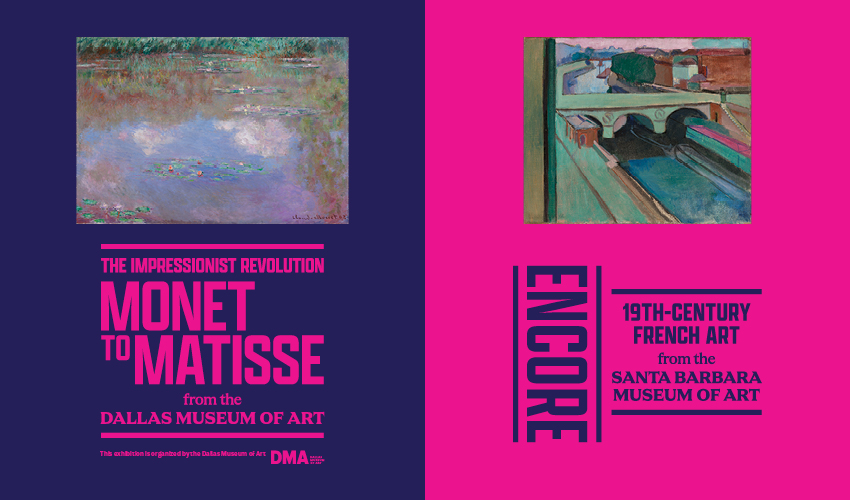
(Left) Claude Monet, The Water Lily Pond (Clouds), 1903. Oil on canvas. Dallas Museum of Art, The Eugene and Margaret McDermott Art Fund, Inc., bequest of Mrs. Eugene McDermott in honor of Nancy Hamon. (Right) Henri Matisse, Pont Saint-Michel, 1901. Oil on canvas. Santa Barbara Museum of Art, Bequest of Wright S. Ludington © 2025 Succession H. Matisse / Artists Rights Society (ARS), New York.
The Santa Barbara Museum of Art will become an exciting place this fall to experience two major exhibitions of Impressionist and 19th Century art, among the most popular and beautiful ever created.
The Impressionist Revolution: Monet to Matisse from the Dallas Museum of Art explores the rebellious origins of the independent artist collective known as the Impressionists and the revolutionary course they charted for modern art. The exhibition features a rich array of paintings, including exquisite examples by Monet, van Gogh, Gauguin, Matisse, Mondrian, Morisot, and Munch tell a story of a plucky group of artists who challenged the status quo and won, changing art forever.
This major exhibition is organized by the Dallas Museum of Art and has been curated by Nicole R. Myers, Ph.D., Chief Curator and Research Officer, The Barbara Thomas Lemmon Senior Curator of European Art, Dallas Museum of Art.
The presentation in Santa Barbara is coordinated by James Glisson, Chief Curator, SBMA; Andrew Witte, Curatorial Assistant for Photography and New Media, SBMA; and Charles Wylie, Former Curator of Photography and New Media, SBMA.
The Impressionist Revolution: Monet to Matisse from the Dallas Museum of Art is made possible through the generosity of The Dana and Albert R. Broccoli Charitable Foundation, Manitou Fund — Nora McNeely Hurley and Michael Hurley, SBMA Ambassadors, and Geof and Laura Wyatt.
Additional support is provided by Christine and Michael Holland, Carol and Michael Linn, Nancy and Doug Norberg; Richard and Melanie De Schutter, Kate Feldstein, Priscilla Gaines, Judith Little, Carol MacCorkle, Mimi Michaelis, Montecito Bank & Trust, Santa Barbara Beautiful, Beth and George Wood; Jane and Ken Anderson, Tracy and Michael Bollag, Jane Eagleton, Rosemary and Nicholas Mutton, Ruth & Joseph C. Reed Foundation for the Arts, Santa Ynez Band of Chumash Indians Foundation, Robert Swanson and Cynthia Shevlin Charitable Foundation, Susan and Bruce Worster, and Zegar Family Fund.
Encore: 19th-Century French Art from the Santa Barbara Museum of Art has more than 40 artworks on view. Using 19th-century paintings and photographs, the exhibition takes you on a virtual tour of Parisian sites, such as Notre Dame and Eiffel Tour, but also to the famed French Riviera, the cliffs of Normandy, lush countryside farms, and to the places these artists traveled. Illustrating the deep holdings in photography, sculpture and paintings from the period—including 4 Monets—this exhibition both recreates the milieu of these artists but also reveals the breadth and importance of the Museum’s vast holdings.
Encore: 19th Century French Art from the Santa Barbara Museum of Art is made possible through the generosity of The Dana and Albert R. Broccoli Charitable Foundation, SBMA PhotoFutures, Gwen and Henry Baker, and Anonymous.
Related Programs

Intimate Impressions: Art, Wine, and Music
Friday | November 7, 2025 | 3:45 – 6 pm
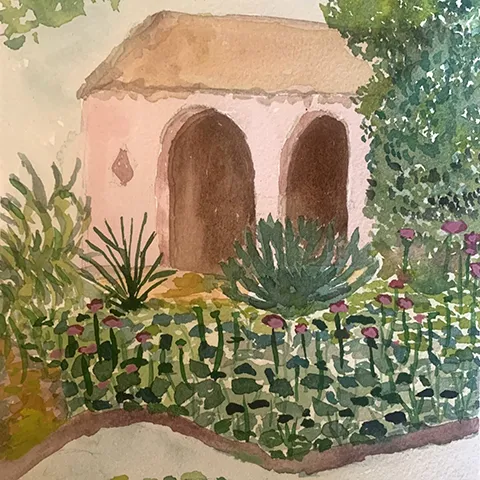
Adult Art Studio Class En Plein Air at Lotusland
Saturday | November 8, 2025 | 1 – 4 pm
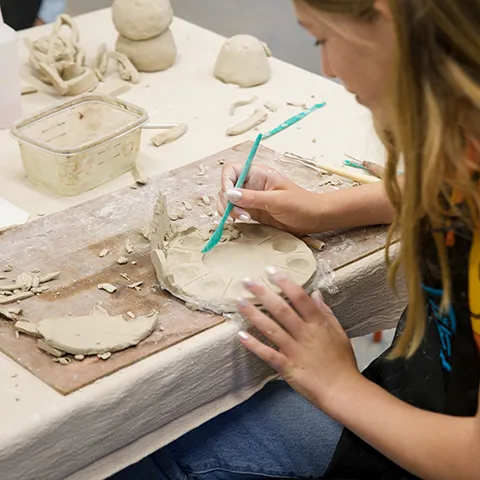
Winter Gift-Making Workshop - Ceramics & Weaving - Ages 6 – 12
Saturday, December 6, 2025 | 9 am – 3 pm
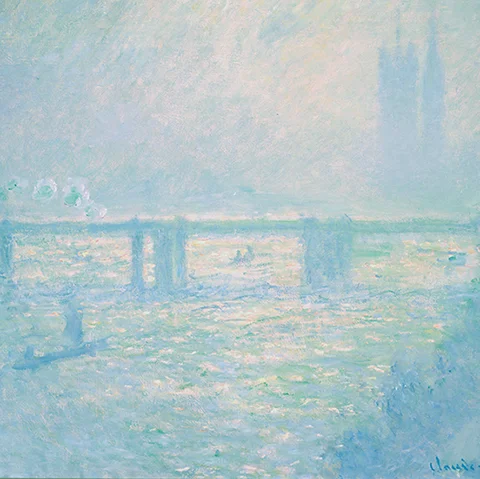
In Conversation with Paul Hayes Tucker
Saturday | December 6, 2025 | 12 – 1:30 pm
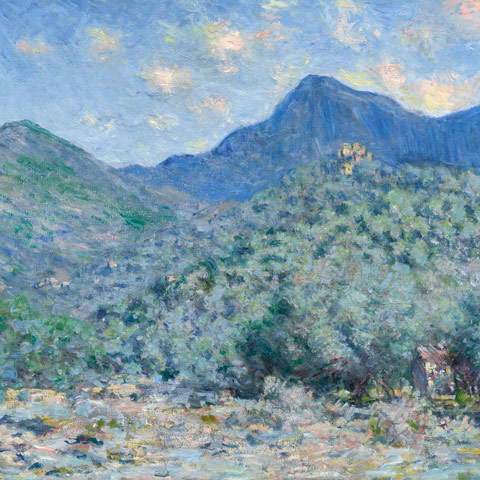
In Conversation with Paul Hayes Tucker - Second Lecture Added
Saturday | December 6, 2025 | 3 – 4:30 pm
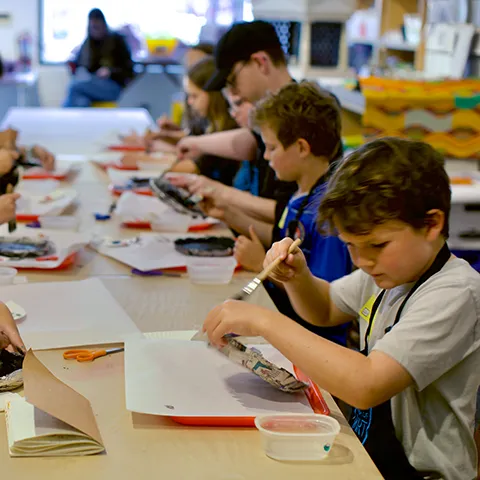
Winter Gift-Making Workshop
Saturday | December 13, 2025 | 9 am – 3 pm
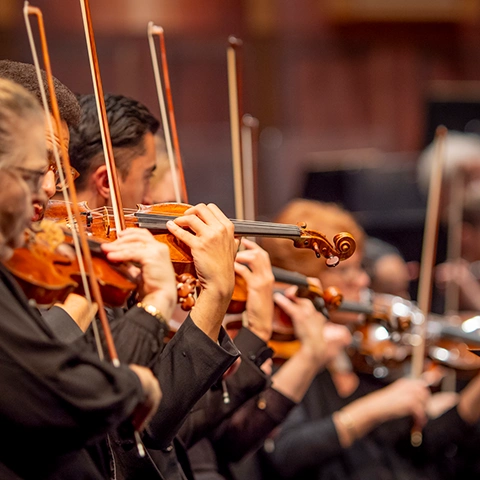
See, Hear: Performance at the Intersection of Impressionist Art and Music
Sunday | January 11, 2026 | 2:30 pm, 3:15 pm, and 4 pm

"Paris in Ruins: Love, War, and the Birth of Impressionism"
Sunday | January 18, 2026 | 2:30 pm
Family Guides & Art Learning Lab
We encourage families to tour the exhibitions using the free guides available in the galleries, the reading room, and at the Visitor Services desks. Afterwards, try the related art activities in the Art Learning Lab, which is open and free to visitors of all ages on 1st Thursdays (5 – 7 pm) and Saturdays and Sundays (Noon – 4 pm).
The Impressionist Revolution Monet to Matisse from the Dallas Museum of Art. Explore how seeing and painting differently made these artist the rebels of their time.
Paris From the Air: Sightseeing on the Seine. Take a balloon ride over Paris stopping to see some famous landmarks along the way.
Art Learning Lab
Pop-Up Store
A pop-up Museum store in Preston Morton gallery complements our featured exhibition throughout its run. It is open to the public during Museum hours, can be entered via the State Street entrance, and does not require a ticket or admission to access.
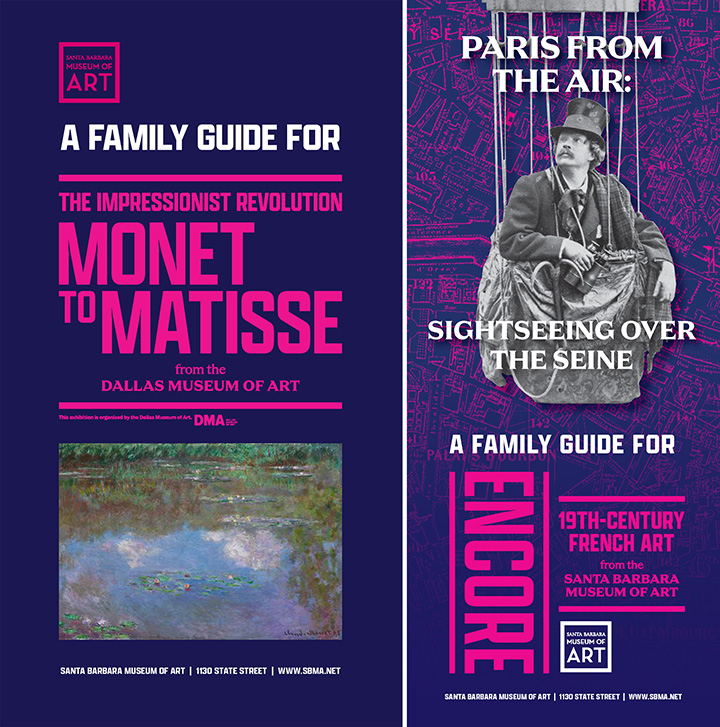
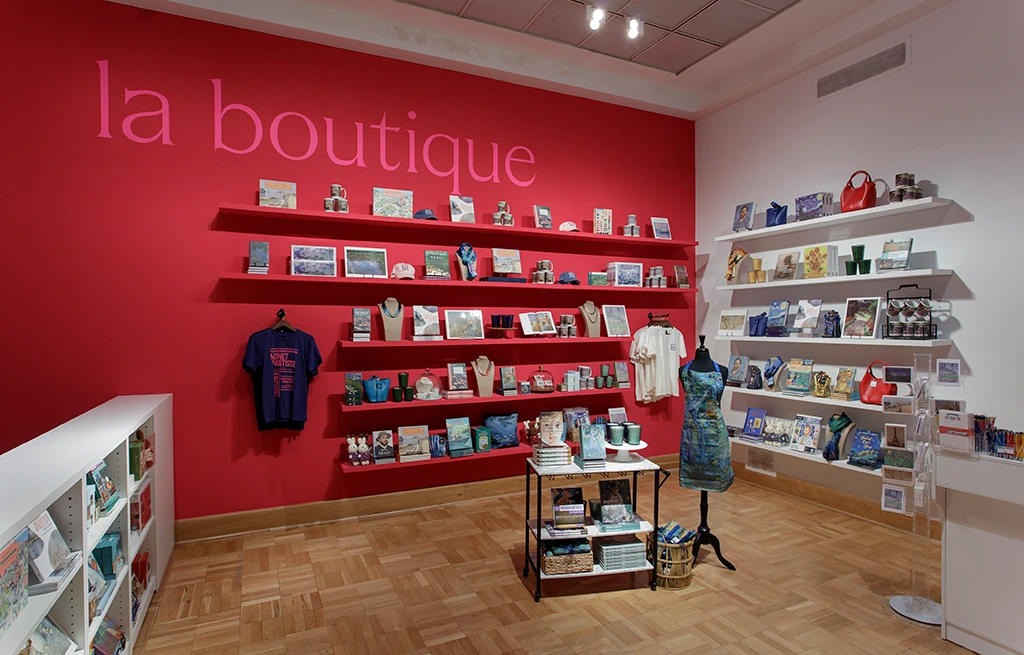
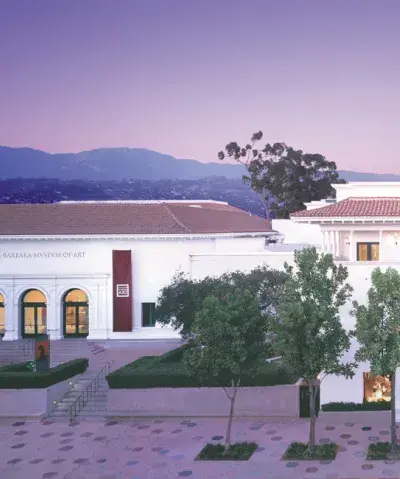
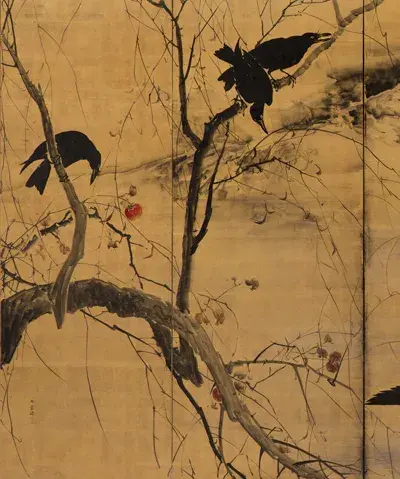

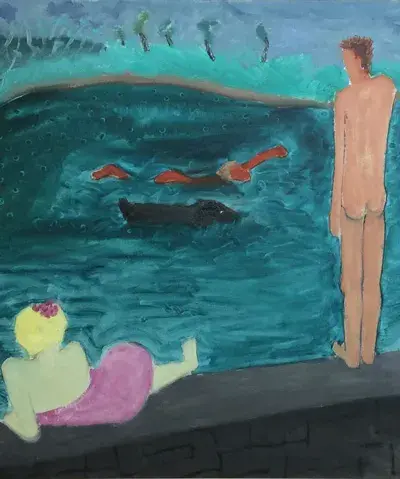
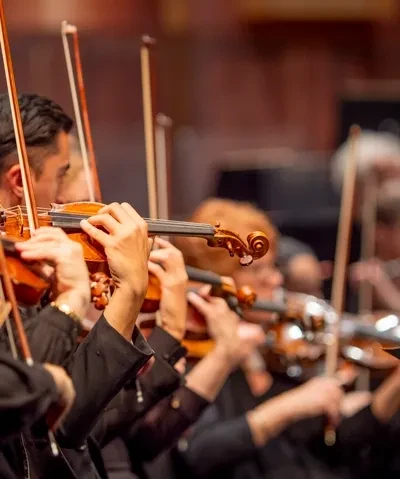



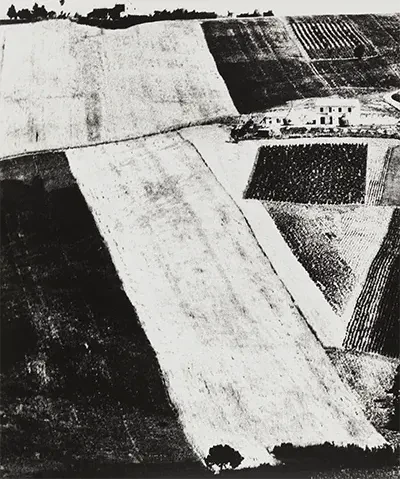


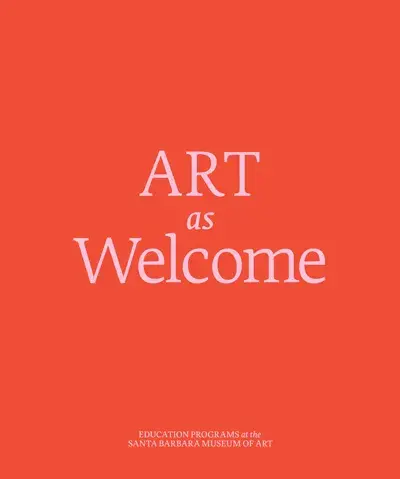

![memberseve[1]](https://www.sbma.net/sites/default/files/styles/menu_thumbnail_400_480/public/menu/memberseve%5B1%5D.jpg.webp?itok=hIz01lpc)




